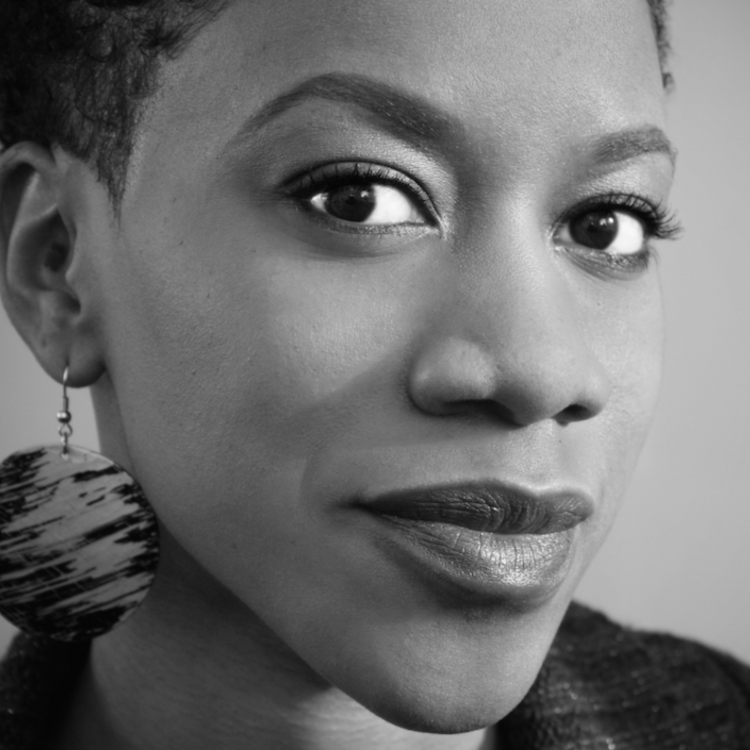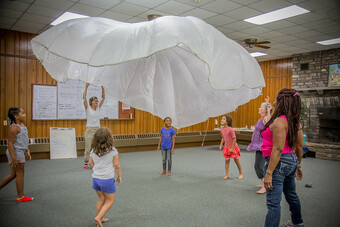Your New Diversity Officer
Enforcer or Social Visionary
Diversity is having a moment in the cultural sector. Just in the last two months, I’ve seen three new diversity job openings at major cultural institutions. Many other networks and not-for-profit organizations are beginning to hang their hat on a commitment to diversity in their programming.
Suddenly, people are looking around and feeling slightly embarrassed by the lack of brown faces at the table. As a result, the phrase “leadership pipeline” is used so often that it triggers images of artists of color climbing out of a tunnel toward the light of scarce leadership positions within the sparkly white halls of the art world.
I know I sound jaded and skeptical about this moment, but don’t be fooled—I am a believer too. In fact, I think the true believers have the responsibility of bringing a critical eye to this current trend. I’ve spent the last fifteen years working in both large and small New York cultural organizations run by people of color in East Harlem and Bushwick. I’ve also worked with organizations whose headquarters on Fifth Avenue are several miles away from the community schools they actually serve. I understand the landscape of the not-for-profit art sector fairly well.
As a Black woman, I’ve experienced having a boss who cares about me and has made it her duty to cultivate my leadership. I also know what it’s like to have a boss who views my position as disposable, and doesn’t regard my input despite the very impact of my programming contributions. In other words, I haven’t always been guaranteed a seat at the leadership table.
So, let’s be very clear: your diversity officer will not save you because the challenges that cultural organizations face in relation to diversity are deeply entrenched in the culture of leadership. On the surface, hiring someone to address issues of diversity in your organization sounds smart. It’s a clear and concrete action an organization can take to begin creating change. It also requires a financial investment and it looks good on the printed pages of any annual report.
But I challenge you to read a diversity officer’s job description and tell me: how much of this person’s work responsibilities translate into real, sustainable change within the organization? I read one posting that was loaded with administrative responsibilities. I wondered when this person would have time to do organizational development that fosters a more diverse work environment.
But it doesn’t have to be that way. The very construction of the diversity officer’s role requires some imagination and forward thinking. You have to decide whom you want at the table to help make these decisions. Do you want an enforcer, or a social visionary?
So, let’s be very clear: your diversity officer will not save you because the challenges that cultural organizations face in relation to diversity are deeply entrenched in the culture of leadership.
The Enforcer vs. The Social Visionary
Ask any experienced arts administrator whether they prefer doing diversity work, or community engagement. They will most likely choose community engagement. Yet, diversity officers are often “enforcers.” They’re the compliance advocates of the not-for-profit world. They tell us what we’re not doing right, where we’ve fallen short, and how to fill in the gaps. Enforcers don’t get to be creative. They don’t get to inspire and they certainly don’t get to influence the organization’s vision. When you’re an enforcer, you’re like a hammer and everything looks like a nail.
On the other hand, the social visionary is someone who listens, and watches with curiosity to discover how the mission and guiding principles of their company aligns with daily operations. They challenge the organization to live up to its vision and they work in partnership with the leadership; in fact, they are apart of the leadership of the organization. They use community engagement practices to bring everyone to the table. They listen deeply; they collaborate; and they ensure everyone collectively knows that we’re responsible for upholding the organization’s vision together. They are not the saviors, but they are the kind of leaders that model shared power. If we had more shared leadership like this, we wouldn’t need a “leadership pipeline.”
Ultimately, the social visionary understands that diversity is not just one value, but many values that challenge us to see each other and ourselves differently. They encourage us to hold onto our complex, varied identities. As a result, our systems have to change along with our funding streams, and the language we use to describe the communities we serve. It’s visionary work because diversity officers have to get the members of your team to say: “Yes!” to creating the kind of change that transforms inequality, which requires an irresistible vision for others to run toward. While a diversity position is a start, it is only the beginning.
Who are the social visionaries among you? Find them, empower them, and then follow them.










Comments
The article is just the start of the conversation—we want to know what you think about this subject, too! HowlRound is a space for knowledge-sharing, and we welcome spirited, thoughtful, and on-topic dialogue. Find our full comments policy here
Thank you for this post.
I'd like to discuss sustainability -- how do we bring in people from marginalized identities into companies and offer support and the means to advance so that diversity isn't titular --a name rather than a game changer. From a structural standpoint what do people think are the necessary components of a strong mentorship program whose intention is to diversify staffs of late night tv comedy. Is there anything like what posse foundation does in the workforce? What's good verbiage you've seen on forms that encourages marginalized group members to say, I want to apply to this, or I may be encouraged here?
If anyone is willing to post here--tangible actionable steps would be helpful --strategies, pitfalls to avoid; examples of marketplace success stories; contacts of people you've encountered who are good mentors; people who are good mentees.
I'd be grateful for readers' insight, to post here for all to read or to PM me at [email protected]
Thanks in advance!
Thanks Everyone!
Essential reading! Gracias, Hermana!
thanks for this great post
I enjoyed this a great deal Piper, Thank you for sharing!